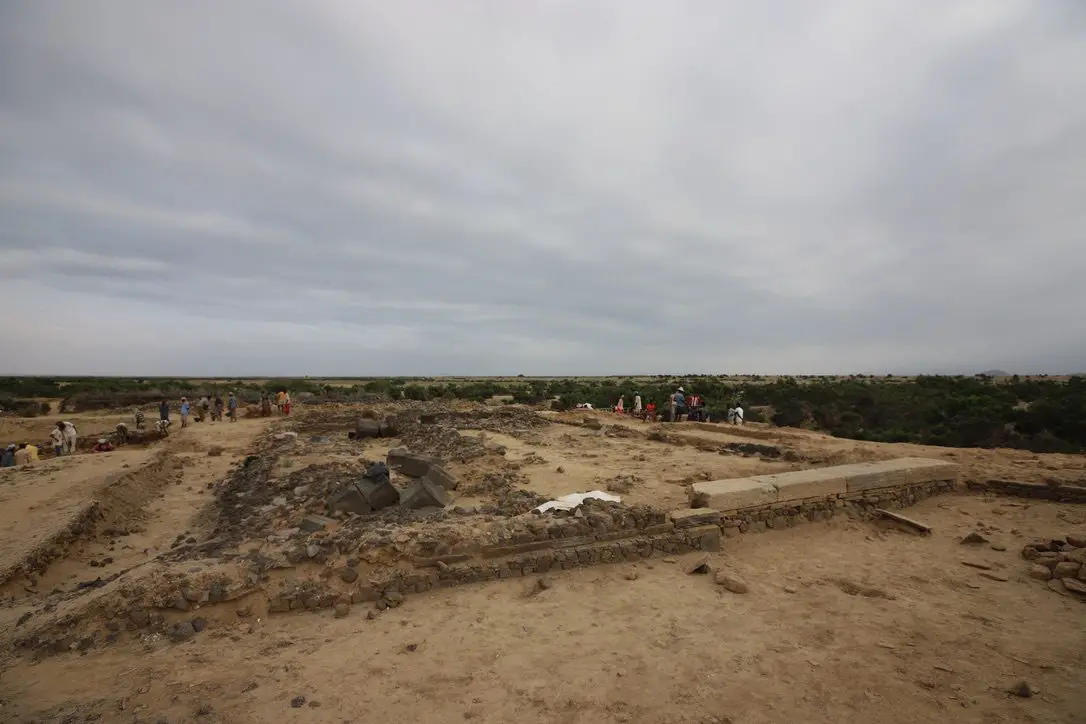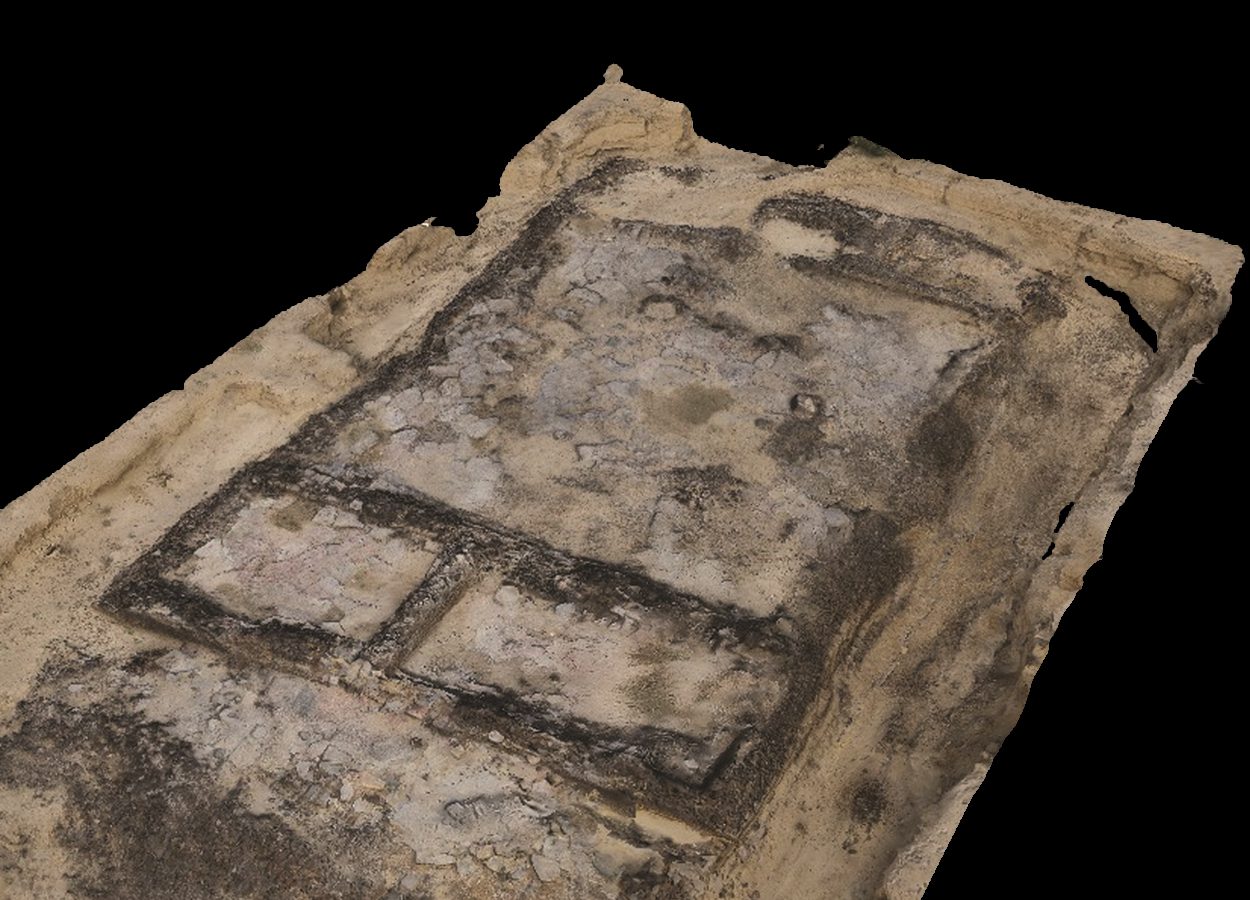Archaeologists have found two ancient churches during excavations at the port of Adulis, located in present-day Eritrea.
The churches date from the 6th and 7th century AD, when Northeast Africa and South Arabia during Classical antiquity to the Middle Ages, was ruled over by the Kingdom of Aksum.
The Aksumite Kingdom emerged during the mid-1st century AD in the former territories of the fallen D’mt Kingdom. The kingdom played an important role in the transcontinental trade route between Rome and India from an early stage, rising to become one of the foremost empires of late antiquity.
Archaeologists excavating at the port of Adulis have uncovered two churches constructed after the kingdom’s conversion to Christianity around the 4th century AD. One of the churches is an elaborate cathedral, complete with the remains of a baptistry, while the second was smaller in size, but featured a ring of columns that supported a dome roof.

The churches have elements from many traditions, reflecting the diverse influences on the kingdom’s conversion. The domed church is unique in the Aksumite Kingdom and appears to be inspired by Byzantine architecture. Meanwhile, the cathedral is built on a large platform in the Aksumite tradition.
The researchers have applied modern scientific methods to materials recovered from both sites, such as radiocarbon dating to accurately date the structures. “This study provides one of the first examples of Aksumite churches excavated with modern methods and chronological data coming from modern dating methods,” said Dr Castiglia.
In a study published in the journal Antiquity, the researchers have determined that the cathedral was first constructed between AD 400-535, while the domed church was built between AD 480-625. Both structures are some of the earliest Christian churches from the Aksumite Kingdom, and the oldest known outside the capital’s heartlands.

The churches went into a period of decline and disuse with the arrival of Islam, however, they were later re-appropriated as a Muslim burial ground, indicating that the region’s conversion to Islam was also a multicultural phenomenon, with local customs mixed with the new religion.
“This is one of the first times we have the material evidence of re-appropriation of a Christian sacred space by the Islamic community,” said Dr Castiglia.
Together, these buildings show the religious history of the Horn of Africa was cosmopolitan, with diverse groups influencing the spread of beliefs.
https://doi.org/10.15184/aqy.2022.136







